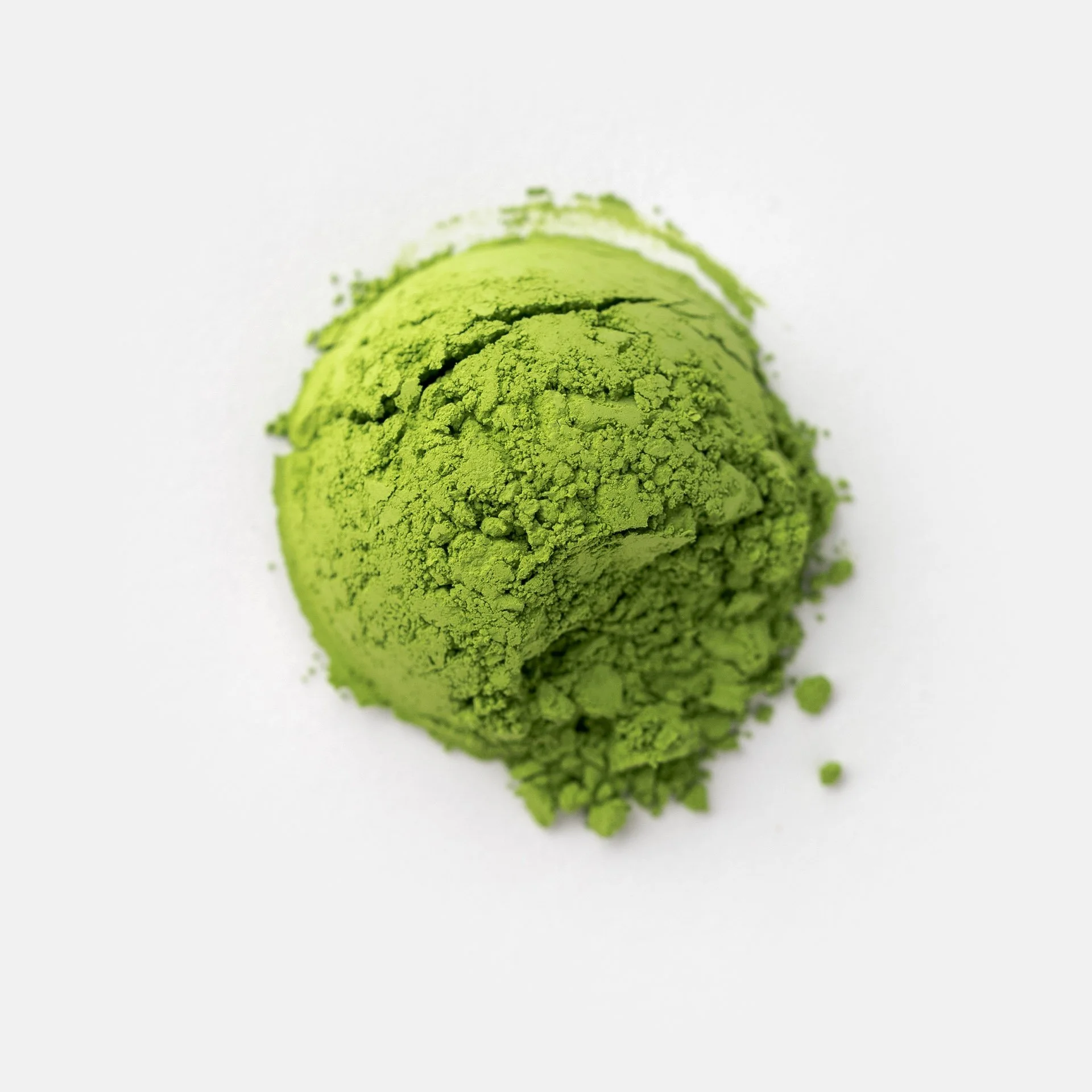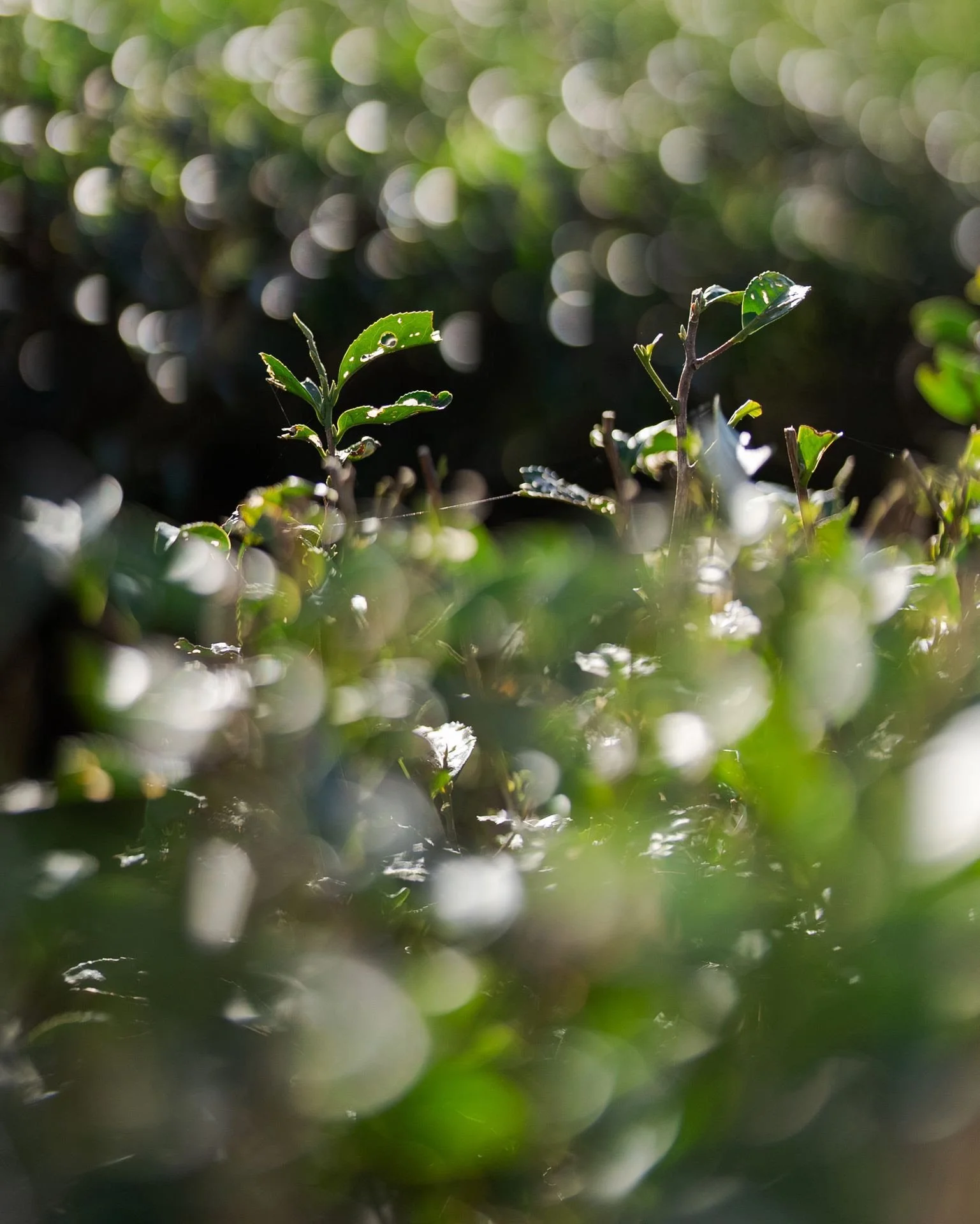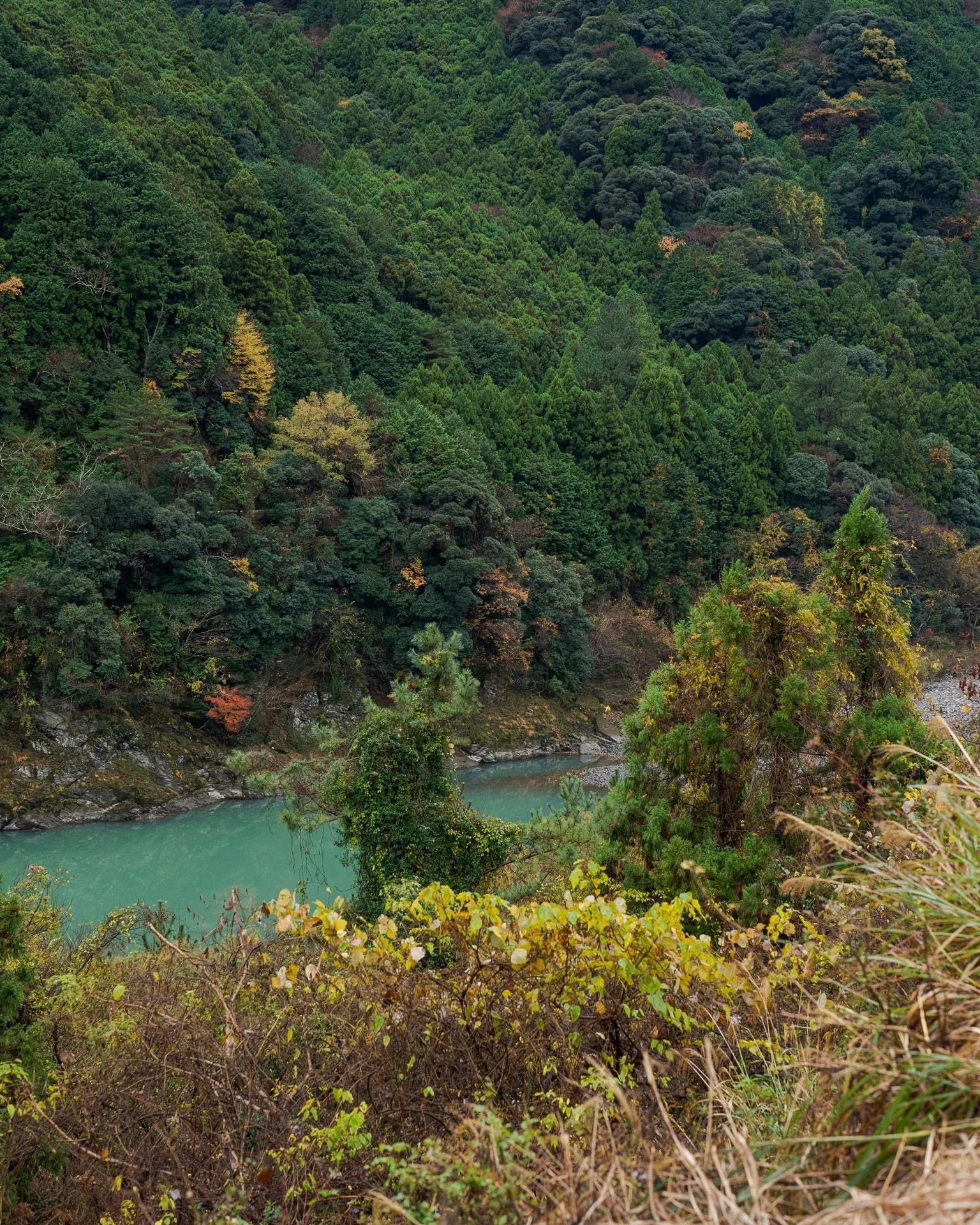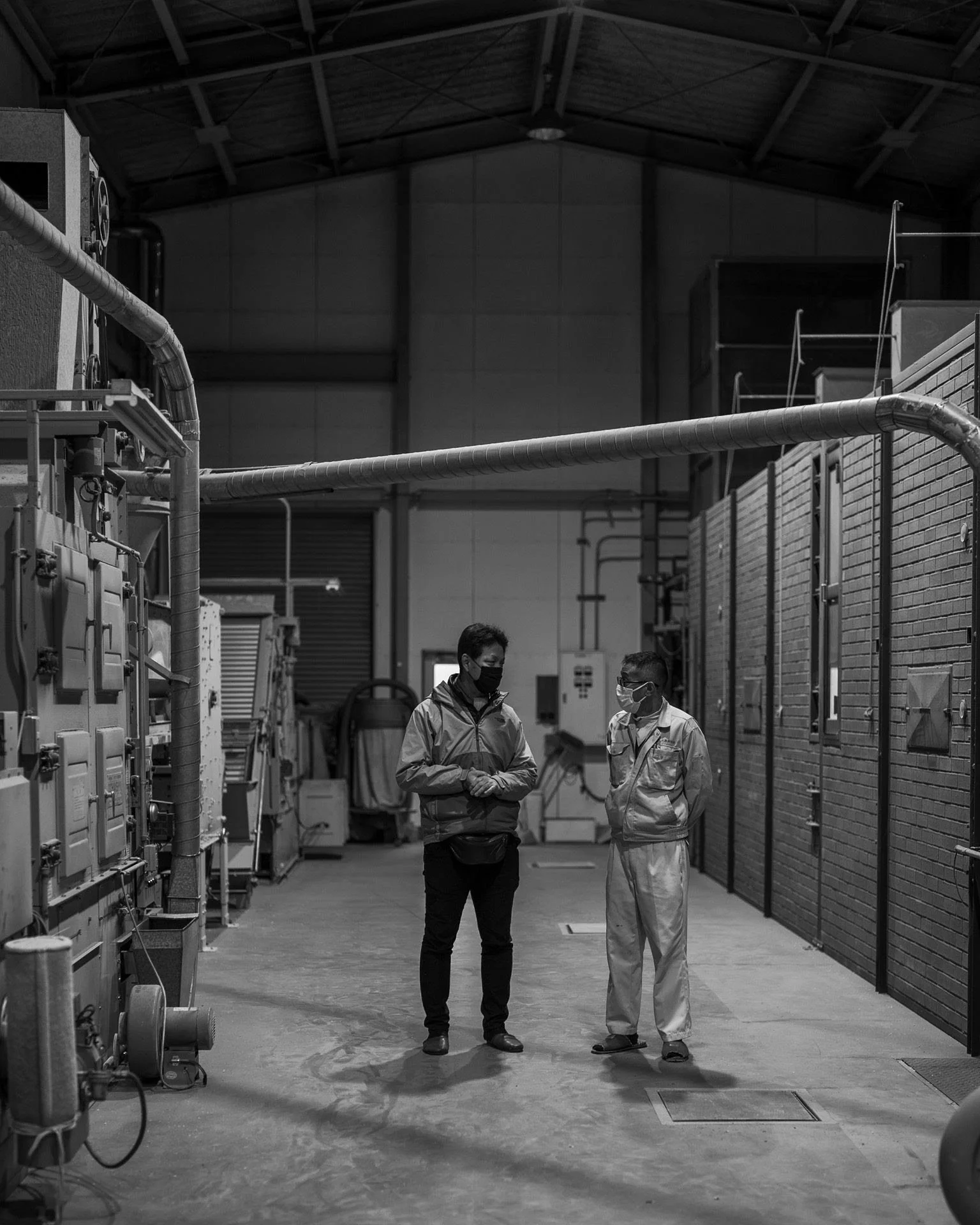MMC 02/23: Hattori's Yabukita (やぶきた) Kurasawa Shizuoka Matcha
Matcha Mill Club is our monthly Matcha membership, where we stone-mill a new single-cultivar Matcha and ship it out within 24 hours of milling every month. This article details the Matcha we shipped for February 2023!
Dear reader,
After spending months in Japan, we've returned to the United States with stories to last a lifetime. This month, we've milled for you Hattori's Yabukita (やぶきた) Kurasawa Shizuoka Matcha. Let's discuss some tasting notes and some more information about its sourcing.
Tasting Notes
Experience Japan's most popular tea cultivar, the Yabukita (やぶきた) known for its delectable richness and punchy forwardness. The directness of Yabukita is often tamed with softer cultivars such as Samidori as part of a blend. Here it stands alone with all its vitality.
Layered above the traditional Yabukita tones is a puckering raspberry note which comes from the unique drying process the tea leaves went through at the secret tea processing facility located somewhere in the Tenryu (天竜市) mountain chain.
In Japanese, 面白い means “interesting,” “curiosity-inducing” or “amusing.” I could think of no better word to describe this Matcha: made from a common cultivar, processed in a highly rare facility. Its brightness is indeed amusing, with a pointy texture not unlike the shape of the Yabukita leaf itself.
The aftertaste is fluid. It begins are a balanced bitterness that fades into a graceful umami, before settling into an airy sweetness. All of this is layered through Yuzu. Some Matcha is deep and expansive like the ocean. In this case, it's formless, light, and shifting like the air and sky—only reinforced by the mountainous region the tea was processed at, Tenryu (天竜市) or “Sky Dragon.”
Yabukita (やぶきた) Cultivar
Yabukita (やぶきた) Kurasawa Shizuoka Matcha is a fascinating comparison of the common and the rare. Common, in that Yabukita (やぶきた) is Japan's most popular cultivar (over 97% of all tea plants in Shizuoka prefecture are Yabukita.)
The Yabukita (やぶきた) cultivar itself has a pleasant taste, though can be fairly sharp, and its color can be sometimes lacking. For these reasons and more, Yabukita (やぶきた) is used as the base of most Matcha, with other cultivars blended in to round out the inherent flaws.
Tenryu (天竜市) Mountains
As far as the rare: it's because this very common tea cultivar was processed in one of Japan's most coveted Tencha processing factories. (Tencha is the unground version of Matcha.) Its location is a closely guarded secret, but it's somewhere in the pristine Tenryu (天竜市) mountains, where plumes of fog settle down into valleys rich with clear, teal rivers.
The factory sits on the edge of a cliff, where it siphons the water up directly from the river. The freshwater is then used to process the tea into Tencha. The water from these mountains is wonderfully pure as few people actually live in the mountains. The slow-moving water also functions to pick up and carry minerals and nutrients downstream.
The processing is uncommon for Tencha: the tea goes through the large brick oven a total of four times instead of the standard three. According to Hattoriさん, this results in a superior product as the Tencha will have a stronger, longer lasting, and different fragrance. We found this to be accurate!
Thus we have something fairly clever: a very common cultivar of Matcha grown in Kurasawa, Shizuoka, and processed in a secret facility somewhere in the Tenryu (天竜市) mountains.
Share your Experience
I'd love to hear about your experience with this month's Matcha. Send me your notes (hello@ooika.co), or tag us on Instagram at @ooika.co—and as always, thank you for your support in being a member of the Matcha Mill Club.
In the coming months, members of the Matcha Mill club will be getting exclusive early access to other limited products, discounts, and more.
Your membership allows us to continue sourcing Japan's rarest Matcha from multi-generational highly-awarded farmers that utilize traditional and conservative cultivation techniques.
Very Sincerely,
Marc
Ooika's Miller
Ochairinikki (御茶入日記)
Category Green tea (お茶) |
Subcategory Kabusecha (かぶせ茶) |
Grade Ceremonial |
Terroir Kurasawa, Shizuoka |
Vintage 2022 |
Cultivar Yabukita (やぶきた) |
Harvest Method Harvester Machine |
Shading Style Dual-Layer Kaireisha |
Shading Duration 30 days |
Milling Ishi-Usu (石臼) Stone-Milled by Ooika |
Packaging Cold-stored, oxygen-free bag |
Use Usucha, Koicha |





